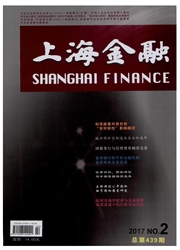

 中文摘要:
中文摘要:
利用Markov区制转换模型,对我国1979年12月—2010年1月期间的人民币实际有效汇率的动态波动路径进行实证分析。从Markov区制转换模型所分析的结果来看,人民币汇率波动本身就是一个非对称动态过程,且这一动态变化过程存在着较为明显结构性突变特征,大致可划分为"过度贬值"、"较大幅度升值"和"小幅度升值"三个区制,而造成这种非对称动态变化的重要原因之一便是汇率制度改革。其中,1994年和2005年的两次汇率制度改革对我国汇率的稳定发挥了积极作用。
 英文摘要:
英文摘要:
Markov regime switching model is used to make an empirical analysis about the dynamic fluctuations in the path of the real effective exchange rate during December 1979 to January 2010.The study indicates that RMB exchange rate fluctuation is a non-symmetrical dynamic process,and this dynamic process is characterized by obvious structural breaks.The RMB exchange rate could be broadly classified as three regimes that are "excessive devaluation","more substantial appreciation" and "minor appreciation",and the exchange rate system reform is one of the vital reasons which cause the non-symmetrical dynamic process.The exchange rate system reform in 1994 and 2005 had even played a positive role in stabilizing Chinese exchange rate.
 同期刊论文项目
同期刊论文项目
 同项目期刊论文
同项目期刊论文
 期刊信息
期刊信息
